Vagus Nerve & Polyvagal Theory Exposed
Accessing the Nervus Vagus and the Healing Power of a Healthy Brain-Gut Connection, Ease Gastroparesis, Trauma and Complex PTSD (CPTSD)
By Sharon Copeland
Copyright 2020 - All rights reserved.
The content contained within this book may not be reproduced, duplicated, or transmitted without direct written permission from the author or the publisher.
Under no circumstances will any blame or legal responsibility be held against the publisher, or author, for any damages, reparation, or monetary loss due to the information contained within this book, either directly or indirectly.
Legal Notice
This book is Copyright protected. It is only for personal use. You cannot amend, distribute, sell, use, quote or paraphrase any part, or the content within this book, without the consent of the author or publisher.
Disclaimer Notice
Please note the information contained within this document is for educational and entertainment purposes only. All effort has been executed to present accurate, up-to-date, reliable, complete information. No warranties of any kind are declared or implied. Readers acknowledge that the author is not engaged in the rendering of legal, financial, medical, or professional advice. The content within this book has been derived from various sources. Please consult a licensed professional before attempting any techniques outlined in this book.
Table of Contents
Introduction
The Vagus Nerve represents the parasympathetic nervous system's primary element, which oversees a wide array of crucial bodily functions, including control of mood, digestion, immune response, and heart rate. It establishes among the connections between the mind and the gastrointestinal tract and sends info about the state of the internal organs to the brain via afferent fibers. This book discusses several functions of the Vagus Nerve, making it an appealing target in treating gastrointestinal and psychiatric disorders. There's preliminary evidence that Vagus Nerve stimulation is a promising add-on treatment for treatment-refractory depression, inflammatory bowel disease, and post-traumatic stress disorder. Treatments that target the Vagus Nerve increases the vagal tone and inhibit cytokine production. Both are an important system of flexibility. The stimulation of vagal sensory fibers in the gut affects monoaminergic brain systems in the brain stem that play essential functions in major psychiatric conditions, like stress and anxiety and state of mind disorders. In line, there's preliminary evidence for gut bacteria to have a beneficial effect on anxiety and mood, partly by affecting the activity of the Vagus Nerve. Since the vagal tone is correlated with the capacity to regulate stress reactions and may be affected by breathing, its increase through meditation and yoga will likely contribute to resilience and the mitigation of mood and anxiety symptoms.
The bidirectional communication between the mind and also the gastrointestinal tract, the so-called "brain-gut axis," is based on a complicated system, like the Vagus Nerve, but also sympathetic (e.g., via the prevertebral ganglia), immune, endocrine, and humoral links also the influence of gut microbiota to be able to regulate gastrointestinal homeostasis and to connect cognitive and emotional areas of the brain with gut functions. The ENS produces much more than thirty neurotransmitters and has a lot more neurons than the spinal column. Peptides and hormones that the ENS releases into the blood circulation cross the blood-brain barrier (e.g., ghrelin) and also can act synergistically with the Vagus Nerve, for instance, to regulate appetite and food intake. The brain-gut axis is becoming crucial as a therapeutic target for psychiatric and gastrointestinal disorders, like inflammatory bowel disease (IBD), depression, and post-traumatic stress disorder (PTSD). The gut is a crucial control center of the immune system, and the Vagus Nerve has immunomodulatory properties. As a result, this nerve plays a crucial role in the relationship between inflammation, the brain, and the gut. You will find brand new treatment options for modulating the brain-gut axis, for instance, Vagus Nerve stimulation (VNS) and meditation methods. These treatments have been proven to be advantageous in anxiety and mood disorders and other conditions associated with increased inflammation. Particularly, gut-directed hypnotherapy was found to work in both irritable bowel syndrome and IBD. Finally, the Vagus Nerve also represents a crucial link between nutrition and psychiatric, inflammatory, and neurological diseases.
In order to maximize the value, you receive from this book, you can also get in touch with me at the following contacts:
Website
sharoncopeland.com
Email
Facebook Page
https://swiy.io/SharonCopelandFBPage
Facebook Support Group: https://swiy.io/SharonCopelandFBGroup
Instagram
@saroncopelandauthor
Get in touch with me for any feedback or question, I cant wait to hear from you soon!
Free Workbook
To help you take some me time and reflect on which actions to take after the reading, I have prepared a workbook with some key questions to ask yourself. I hope this helps!
You can find the workbook at the following link.
https://swiy.io/VagusNerveWorkbookLP

Or Scan This Code With your Phone Camera
Your Free Gift
You read it right! There is a second book waiting for you!
What is the cost? Zero! (0 $//) or any currency you would usually pay with. :)
As a way of saying thanks for purchasing my book, I decided to offer you access to a FREE Copy of my book.


Self-Help is a way to enhance our own spiritual and physical power. Self-Help is key to living a positive life and goes hand in hand with Empath. I consider it to be a good complimentary reading for empaths who want to take back self-control and more in general want to get a better understanding of some self-help techniques.
https://swiy.io/selfhelpfree
MY OTHER BOOKS
Empath: Healing People with Positive Energy is a Gift. Master Your Emotions and Set Sensitive Boundaries to Empower Cognitive, Emotional, and Compassionate Empathy
Vagus Nerve & Polyvagal Theory Exposed: Accessing the Nervus Vagus and the Healing Power of a Healthy Brain-Gut Connection, Ease Gastroparesis, Trauma and Complex PTSD (CPTSD)
MY AUTHOR PAGE
https://swiy.io/SharonCopelandAmzAuthorPage
And now...Hope you enjoy the gift! Happy reading!
Sharon
Chapter 1
What is the Vagus Nerve?
The Vagus Nerve connects the brain to nearly all of the body's important organs, running from the brain stem down each side of the neck, across the chest, and into the abdomen. It's linked directly to two regions known to play roles in consciousness and alertness in the brain.
Various researchers have also identified that the Vagus Nerve controls glucose homeostasis, independent of insulin (via Leptin). At any rate, it works that way in non-diabetics.
The Vagus Nerve, a cranial nerve, also runs from the brainstem to the abdomen and is liable for talking with our nervous system to turn on our bodies' parasympathetic nervous system, or perhaps relaxation feedback. When the Vagus Nerve is stimulated, it unleashes the neurotransmitter acetylcholine. Acetylcholine is accountable for learning and memory. It's also soothing and relaxing, which can be used by the Vagus Nerve to send messages of relaxation and peace throughout your body. The latest studies have found that acetylcholine is a major brake on inflammation in the body.




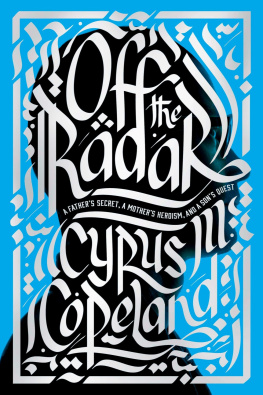
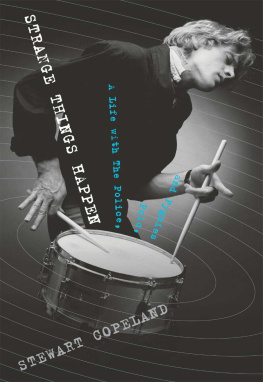


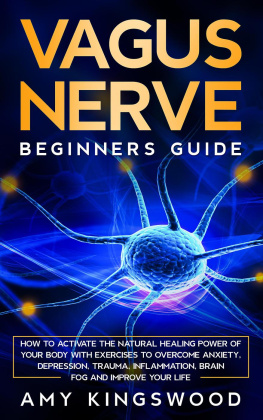
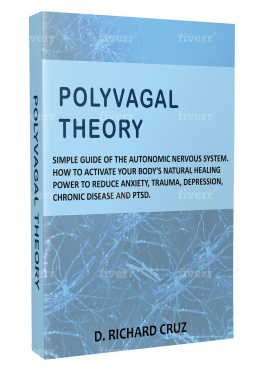
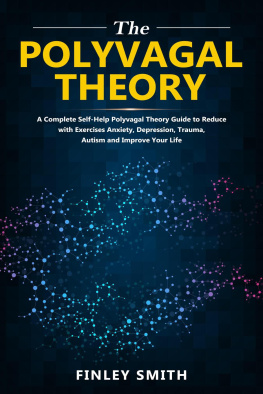
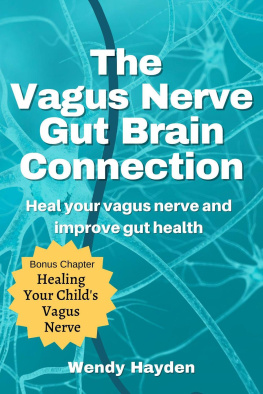
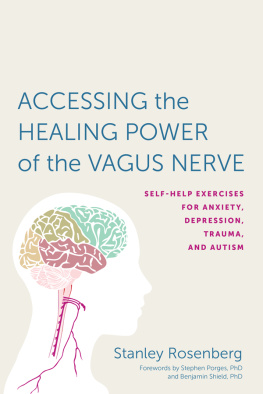
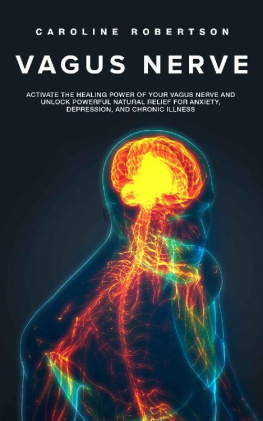
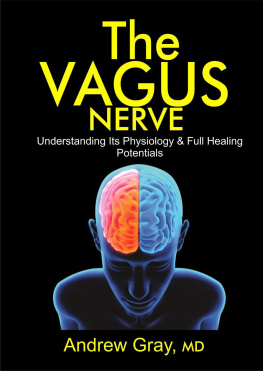
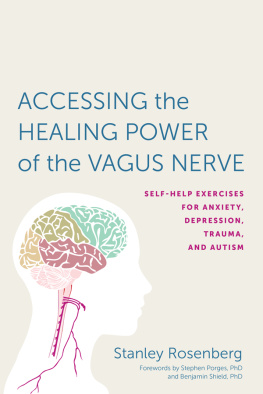
 Or Scan This Code With your Phone Camera
Or Scan This Code With your Phone Camera
 Self-Help is a way to enhance our own spiritual and physical power. Self-Help is key to living a positive life and goes hand in hand with Empath. I consider it to be a good complimentary reading for empaths who want to take back self-control and more in general want to get a better understanding of some self-help techniques.
Self-Help is a way to enhance our own spiritual and physical power. Self-Help is key to living a positive life and goes hand in hand with Empath. I consider it to be a good complimentary reading for empaths who want to take back self-control and more in general want to get a better understanding of some self-help techniques.